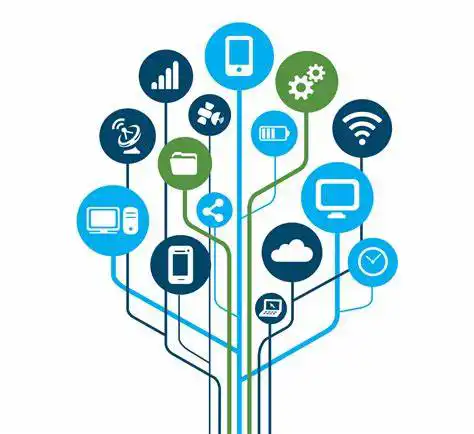Apple has recently made a major move in the automobile industry with its next-generation CarPlay software. In a departure from the past, the tech giant is now allowing auto manufacturers to license CarPlay's interface, enabling them to fully integrate their in-car systems with Apple's software.
The development signals a landmark shift in the relationship between car manufacturers and tech companies, where the latter has traditionally held the reins. Now, manufacturers will have much more control and flexibility, allowing for a more seamless fusion of technology in their vehicles.
CarPlay is essentially an extension of iOS, designed to be used in motor vehicles. Since its launch in 2014, it has become increasingly popular amongst drivers due to its user-friendly interface and compatibility with popular apps such as Maps, Phone, Messages and Music. However, until now, user experience was largely dictated by Apple's design guidelines.

The shift from a consumer software to an industry tool is significant. It enables auto manufacturers to fully customize the user interface, tailoring it to the unique needs of their clientele. Importantly, it does so while still maintaining the coveted Apple aesthetic and functionality that is familiar to many.
In the past, using CarPlay meant sticking to Apple's rigid design standards. Almost everything- from the size of the icons to the fonts used, were standardized. Users were allowed to add or delete apps, but customization beyond that was minimal. This often led to minor frustrations for drivers who needed to switch between different systems.
Understanding these concerns, Apple has responded by revamping its CarPlay system. Not only does the new generation of CarPlay have an overhauled design, but Apple’s decision to open it up to manufacturers for licensing gives more control to the manufacturers and enhances personalization.
The biggest advantage for car manufacturers is arguably the flexibility this presents. The potential for extensive customisation will allow manufacturers to offer customers a much more personalized driving and user experience. Consumer preference and the drive for differentiation in the crowded auto industry can now be better accommodated.
Take BMW, for example. The high-profile German car manufacturer had long shied away from adopting CarPlay due to Apple's insistence on controlling the design. Now, however, BMW could design the CarPlay interface to match its existing in-car system, making it easier for drivers to transition between the two.
Additionally, moving away from strict design rules provides auto manufacturers more opportunity to improve usability. The human-machine interfaces (HMIs) in modern vehicles can be significantly complex and need to compete with consumer expectation formed from daily exposure to smartphones. CarPlay’s openness to personalisation can help here.
It also makes it more likely that additional features and controls previously inaccessible via CarPlay could be considered in future updates. This includes enabling the use of manufacturer-specific voicing controls along with Siri, something that would clearly be a game changer.
However, this is not to say that the move is entirely win-win. There's an inherent risk that car manufacturers might design interfaces that are too complex or stray too far from the original visibility and ease of use that Apple's design offers.
On Apple's part, this move could also possibly mean a shift in strategy. Previously, Apple had a very closed system approach, which meant maintaining strict control over the usage of its software. The recent move might indicate that the company is warming up to the idea of being more open and flexible.
Regardless, this latest development is promising news for car manufacturers, and for consumers who will soon enjoy a more customised, engaging and familiar in-car interface. The move will serve to enhance the relationship between Apple and car manufacturers in making the in-car experience a more seamless and enjoyable one for the user.
While the focus of this article has been on car manufacturers, it should be noted that companies providing aftermarket infotainment systems could also stand to gain from this development. Being able to license CarPlay would give these companies greater flexibility in designing their systems, potentially widening their market.
Overall, it is an interesting and exciting time not just for Apple or auto manufacturers but also for consumers who are likely to benefit the most from the impending changes. Greater flexibility on the part of Apple coupled with the increasing demand for personalized, user-friendly tech in cars shows a promising future.
Finally, it's also a notable shift in the larger narrative of tech and automobile collaboration. For years, there has been a power imbalance with technology providers holding more sway. This change could potentially disrupt that status quo, empowering car manufacturers to exert more influence on in-car tech design and use.
As technology continues to evolve and consumer demands change, it's clear that the auto industry needs to adapt as well. With this move, Apple has shown that it's not just about creating intuitive software, but also about how this software can be molded and adapted to suit the needs of the end-user, maximizing user satisfaction and overall experience.